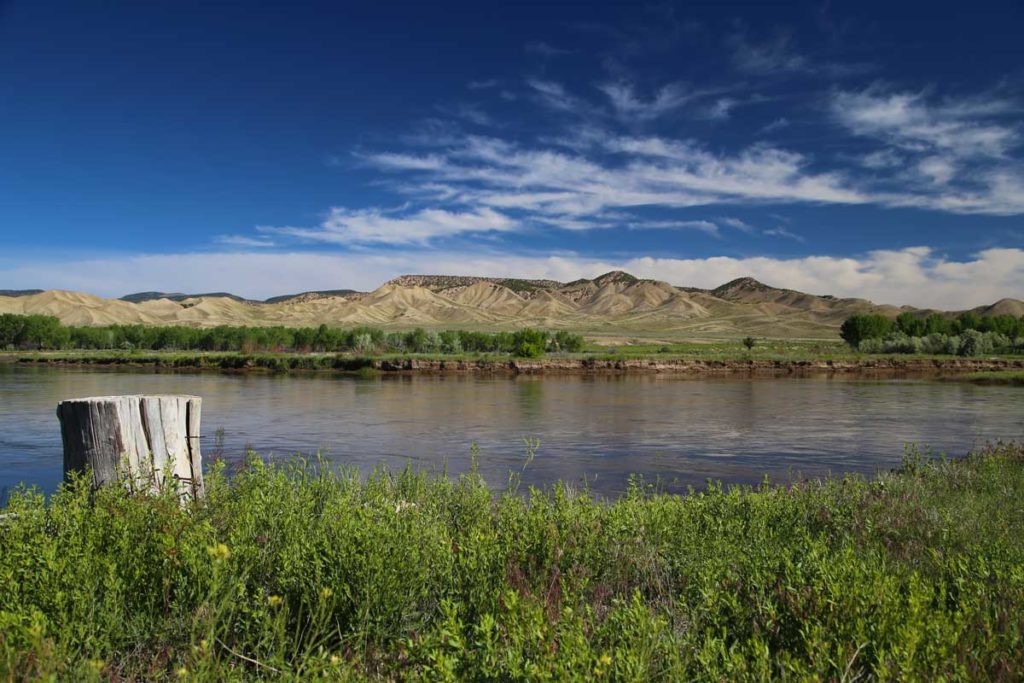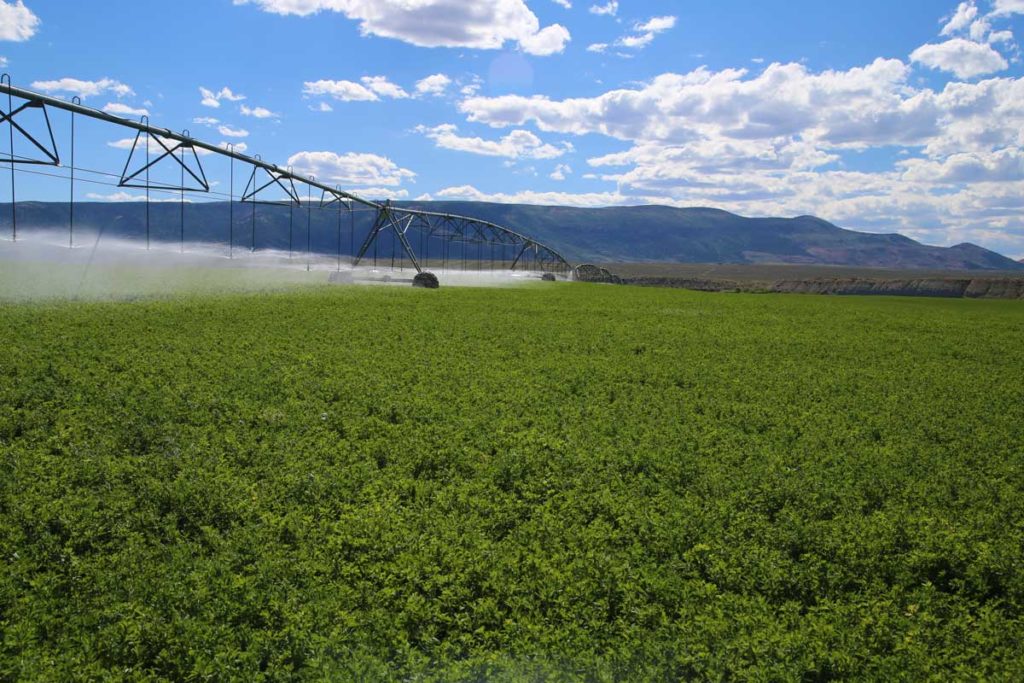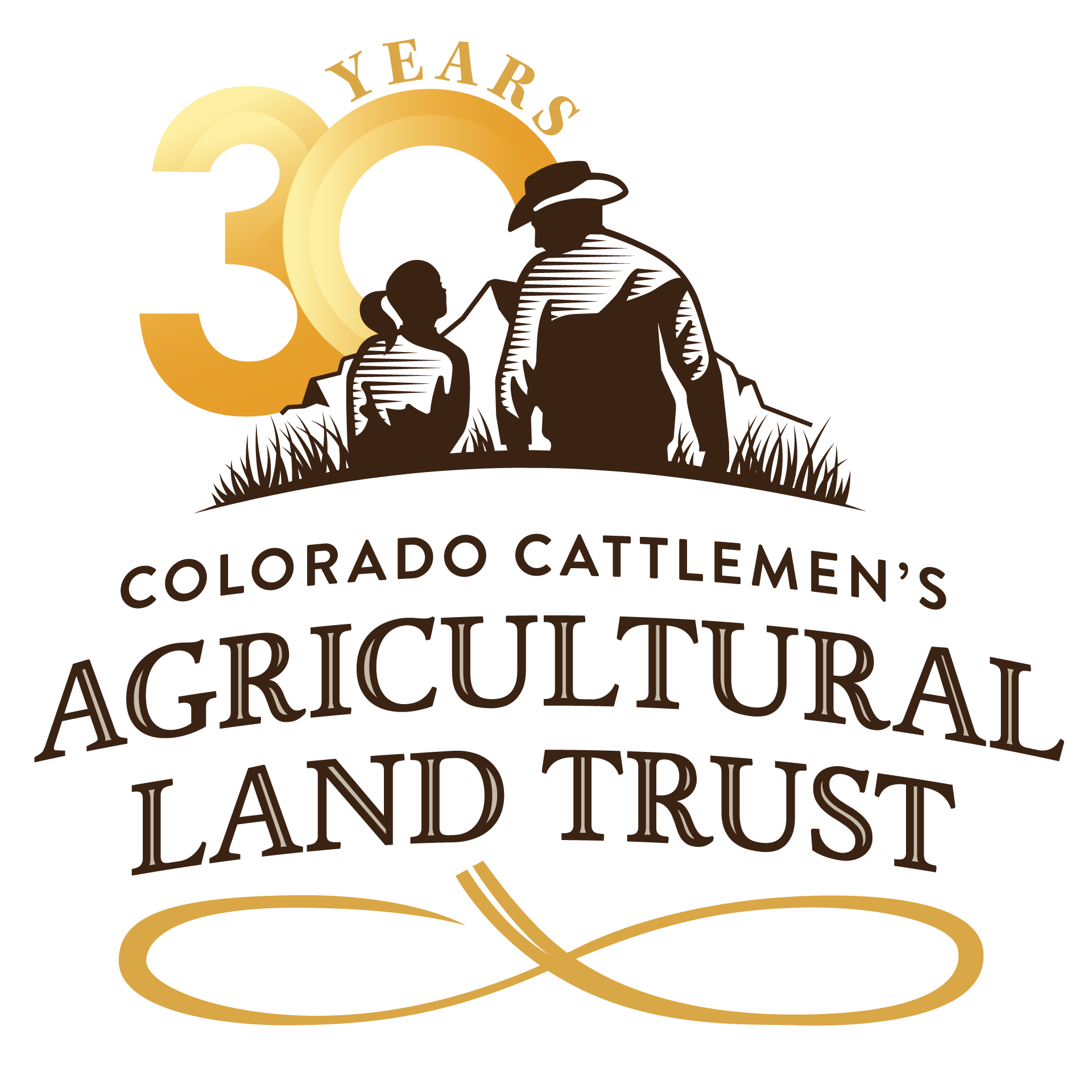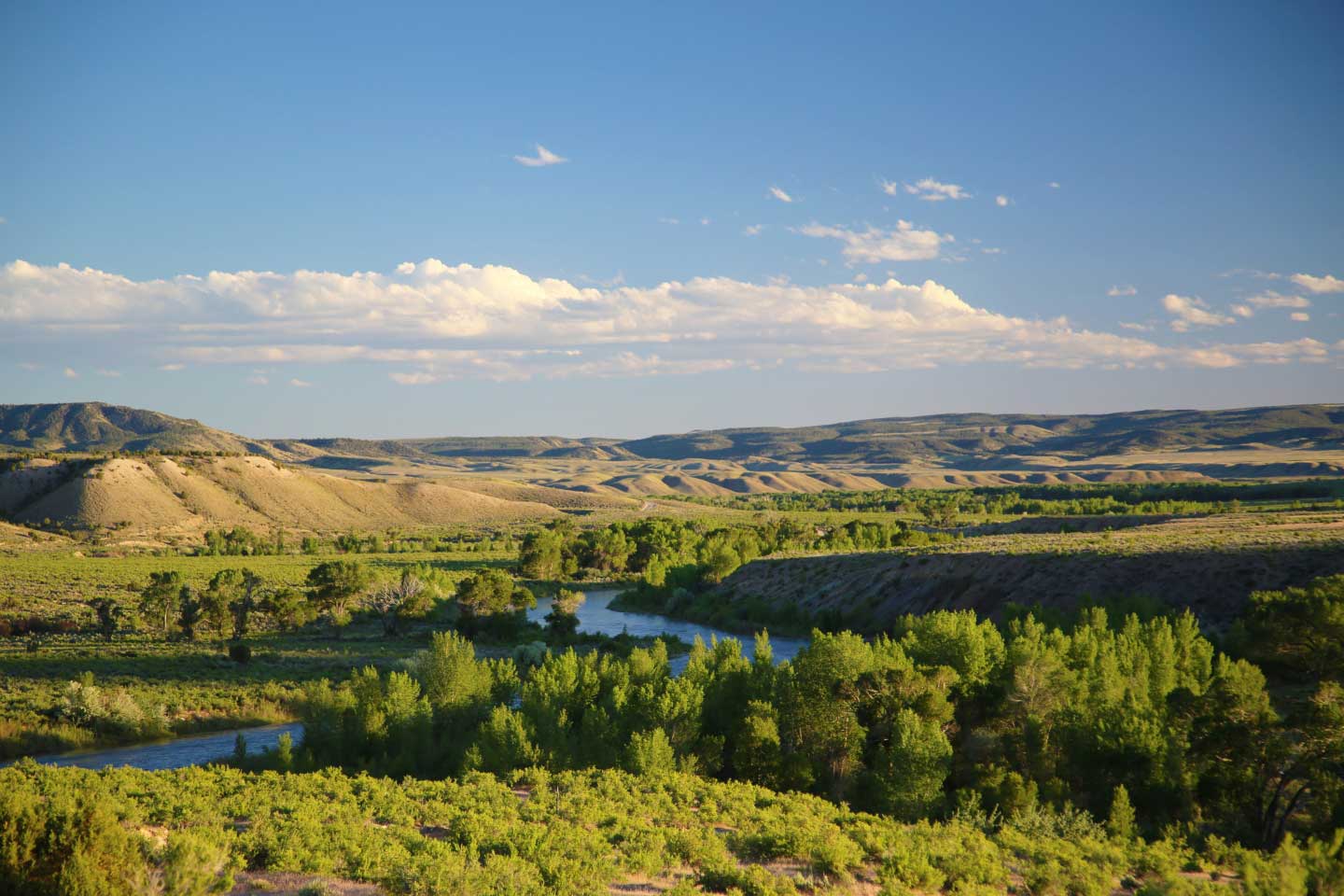Conservation Buyers – Written By Ken Mirr
I have always been taken by the history of real property law and the concept of private land ownership. As a former public lands attorney, current ranch broker, and board member of the Colorado Cattlemen’s Agricultural Land Trust (CCALT), I have a personal mission to keep working ranches working. Over my 35 years of working with western land issues, I have learned that some of the best stewards of western lands are private landowners, particularly ranchers and farmers. As a sizable amount of US ag land is slated to change hands within the next two decades as a generation of farmers/ranchers retire, it’s now more imperative than ever that we keep these ranches intact.
Conservation is one of the greatest means of keeping working lands working by providing incentives to landowners to protect diminishing landscapes. Conserved working farms and ranches in turn promote generational operations and the maintenance of vital leases on millions of acres of public lands throughout the West. The public land agencies rely on the management practices of these landowners, especially when these practices are guided by conservation principles that promote positive ecological outcomes.
Conservation efforts on private lands also sustain the wildlife habitat and economic sustainability of ranches. Studies have shown that there is greater biodiversity on working ranches as opposed to developed urbanized areas and that ranches support important populations of plant and animal species. While most of our federally protected lands are found in higher elevations with poor soil, private ranches tend to be at lower elevations with richer soil, making them even more important to protect. Our food supply chain depends on it.
In our industry, we work with many conservation and ecological buyers. We draw a gentle distinction and while both are wonderful stewards of the land, ecological buyers go beyond pure land conservation and protection, studying the various ecological resources of the ranch and implementing management techniques to improve and enhance livestock capacity, wildlife and fishery habitat, soils, grasses, and riparian areas. Conservation buyers generally preserve landscapes through conservation easements or self-imposed restrictions which keep working ranches working. Both kinds of buyers are essential in preserving Colorado and the West’s integrity.

Cross Mountain Ranch 
Cross Mountain Ranch
One of the best tools for this special breed of buyer are conservation easements. CCALT has partnered with true stewards of the West for over 20 years to protect over 500,000 acres of ranchland through conservation easements. By working with ranchers, CCALT is able to preserve not only the integral working landscapes, but the heritage of the people who work them. I have personally seen their work in action as I assisted on large scale transactions like the JE Canyon Ranch (listed by Mirr Ranch Group and sold to The Nature Conservancy), now fully protected by an easement with CCALT. We have also now listed the iconic Cross Mountain Ranch for sale. The owners of Cross Mountain (the Boedekker family) protected 16,000 acres of sage grouse habitat through a conservation easement with CCALT in 2014, making it the largest donation made under the “Sage Grouse Initiative.” We are grateful for families like the Boedekkers and other ranchers in Colorado who have conserved their property, thereby protecting the landscapes and preserving lifestyles that benefit us all.

